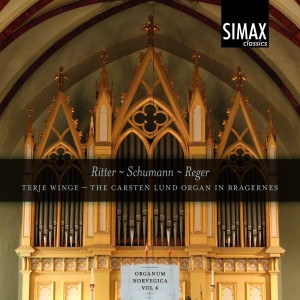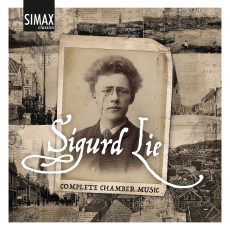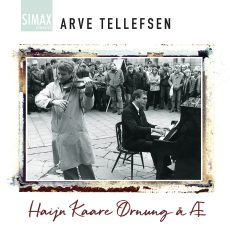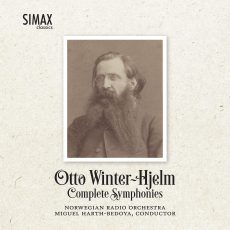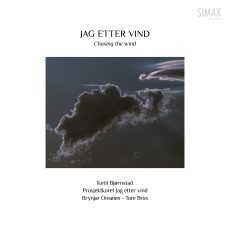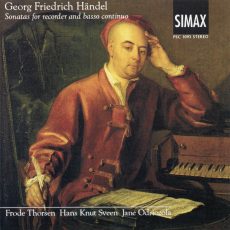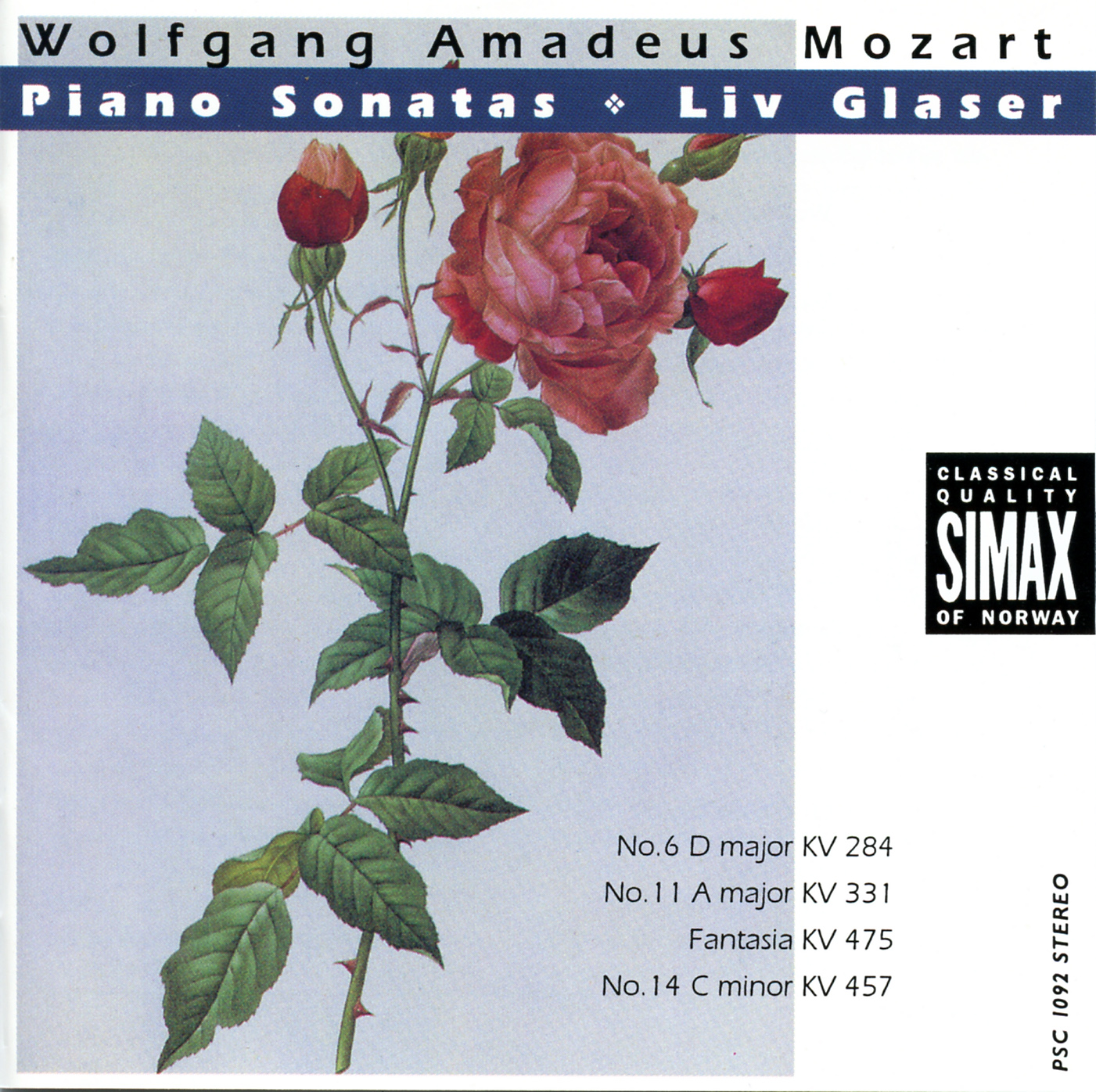The German romantic organ tradition breaks free from the liturgical demands of the service. Grand scale works of Schumann, Ritter and Reger in this final release of Terje Winge’s awarded series.
Schumann and BACH
Robert Schumann’s “Sechs Fugen über BACH für Orgel oder Pedalflügel” opus 60 were composed in 1845. The four-note motif has been used by numerous composers (not least by J.S. Bach himself) both before and after. For Schumann’s part it might well be assumed that his studies of Bach’s music and his admiration for the great master naturally led him to the idea for his work. The six fugues of opus 60 can be seen as a cycle of character pieces, and a complete performance therefore clarifies best each fugue’s individual character.
Ritter (1811-1885) and Reger (1873-1916)
Ritter’s Sonata no. 3 in A minor (of four) was written in 1855. This grandiose and virtuosic work was dedicated to Franz Liszt; the two knew each other well, and Liszt admired Ritter’s organ playing. Max Reger, although a devout catholic, produced many chorale-inspired organ works. “Ein feste Burg” was performed for the first time in September 1898 by Karl Straube, to whom the work is dedicated. With this masterpiece the twenty-five-year-old Max Reger entered music history.
Terje Winge
The previous release in the series Organum Norvegica, Vierne and Dupré, was awarded the prestigious Diapason d’Or in November 2009. Terje Winge was born in 1950, and has studied with Ludvig Nielsen in Trondheim, Arild Sandvold in Oslo, Prof. Dr. Jiri Reinberger in Prague and Gaston Litaize in Paris. He made his debut in Oslo in 1970 and has since developed an international career with repertoire ranging from baroque to contemporary music. In addition to his performing career Winge is a sought after pedagogue at the Norwegian Academy of Music.










